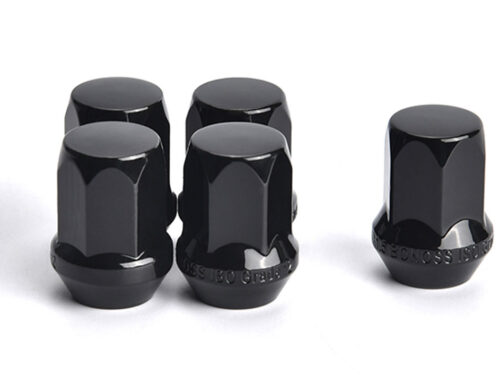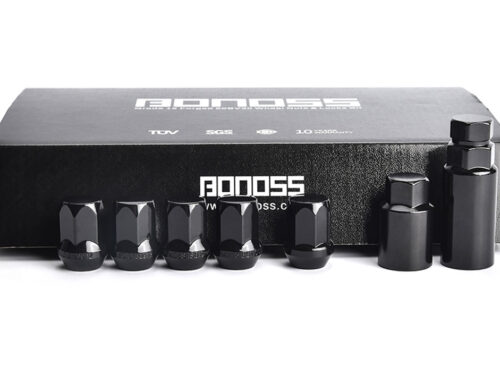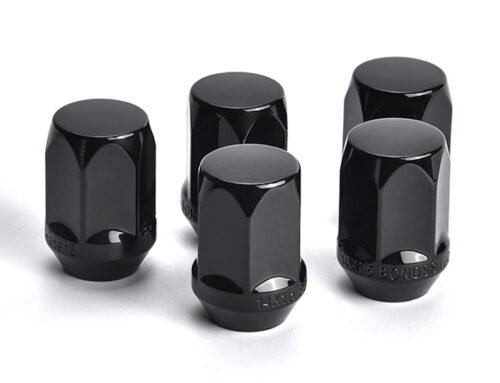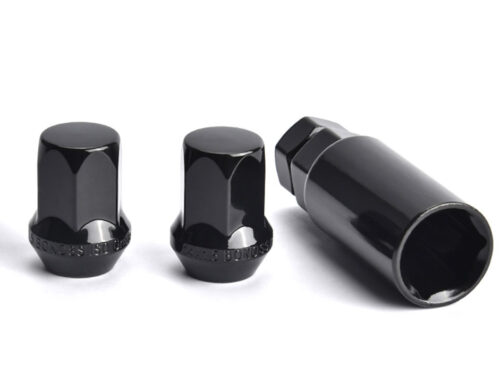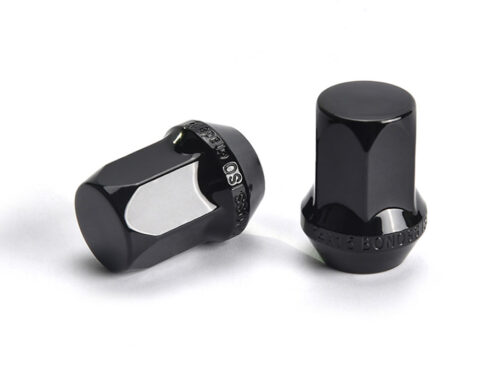If you have ever upgraded your car, you may have heard of wheel spacers. Many people wonder that what are they, what are benefits they bring to my car’s performance, and are they worth the budget. Wheel spacers are wheel accessories that are installed between the brake rotors and wheels. The purpose of installing wheel spacers is to reduce the ET/offset of the wheels, which widens your vehicle’s track. This adds more stability and improves handling even when the tire size does not change. They can be as thin as 3mm or as thick as 70mm, which enables you to push the wheels out just as much as you want to. Using wheel spacers (or wheel adapters) has now become a common practice among many modification enthusiasts. As long as you use reputable spacers and correctly installed them, not only are they safe, but they can end up making your vehicle safer than the stock setup too.
How Do Wheel Spacers Improve Handling?
By pushing the wheels further away from the vehicle hub, they increase the track width, hence reducing body roll. This helps improve your tires’ lateral grip. The tires are more evenly loaded, which leads to better handling of the car and faster acceleration coming out of a corner. Aesthetically, spacing out your wheels to a certain distance will change the way your vehicle looks. By adding the proper amount of extra space between the rim and the wheel hub, the wheels will stick out to flush the fenders, giving your car a more sporty and fiercer look. All of these benefits come without changing the wheel and tire size. The most ingenious thing about spacers is that they allow you to safely fit wider tires on your existing wheels or upgrade to bigger wheels without rubbing against the frame, axle, or other suspension components. This, of course, improves traction and handling even more.
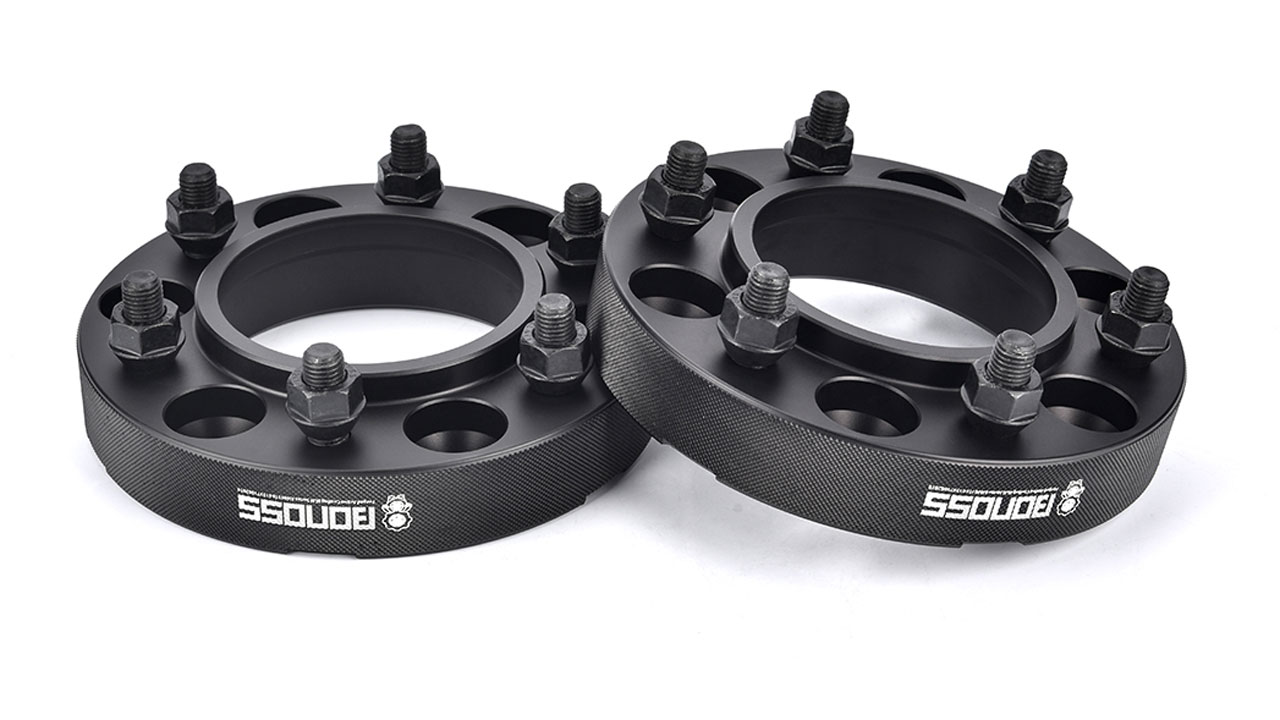
Besides, aftermarket performance brake kits are often bigger than the stock parts. If you would like to upgrade to larger brakes, wheel spacers will make the required room for a larger caliper that wouldn’t fit in the factory wheel space. This will provide a significant driving experience increase. Since they can push your wheels and tires outwards to the position where get flush the fenders. This is effective to help complete the widebody look of your vehicle without splashed more money on some deep-dish rims.
Do You Need Hub Centric Spacers or Lug Centric Spacers?
There are two different types of wheel spacers: hub-centric and lug-centric:
- Hub-centric wheel spacers are designed with a hub-centric ring that is centered by the wheel hub. The bore hole in the spacer precisely fits the wheel centering flange on the hub. With this design, the original axle hub structure is retained. This doesn’t change the way of securing the wheels, meaning no additional force, reducing the chance of high-speed vibration.
- Lug-centric spacers are centered only by the lug nuts. The spacers’ bore holes are usually several mm larger in diameter, meaning they are unable to precisely fit the wheel centering flange. When turning at high speed, all the added force can shear these lug-centric spacers straight off, which can have life-threatening consequences.
Generally, whether hub-centric or not mainly depends on the size of the spacers and the axle structure of the vehicle. For most vehicles, hub-centric wheel spacers are the more preferred option. Even driving in hard conditions, they can’t be forced off the center. However, it is possible to unintentionally force the lug-centric spacers off the center, which results in vibration similar to a wheel being unbalanced. If your vehicle hub is not unique in size, then we strongly recommend hub-centric wheel spacers. But if your vehicle comes with a special hub structure, we have spacers with a specific design that will be very suitable for your needs.

